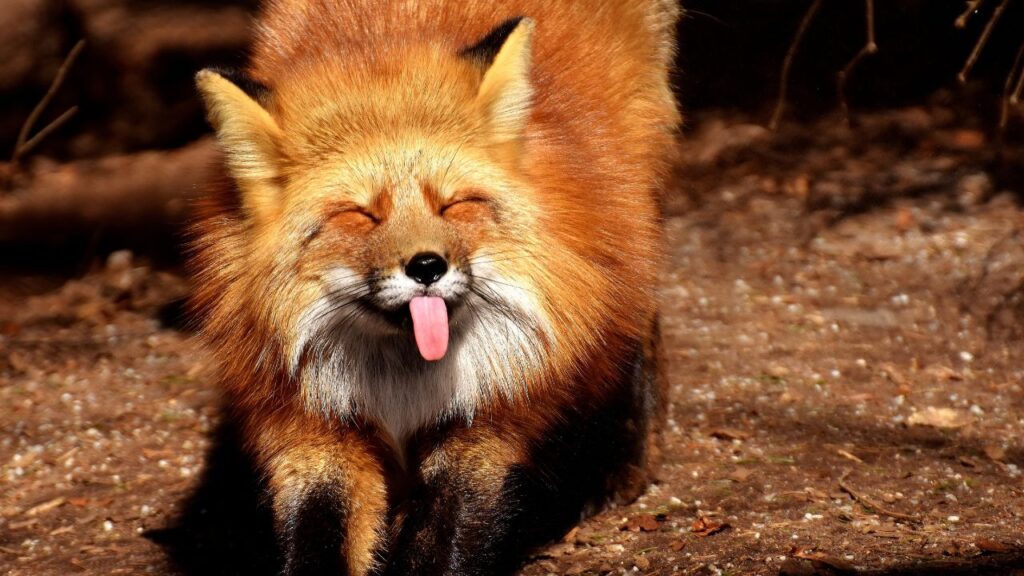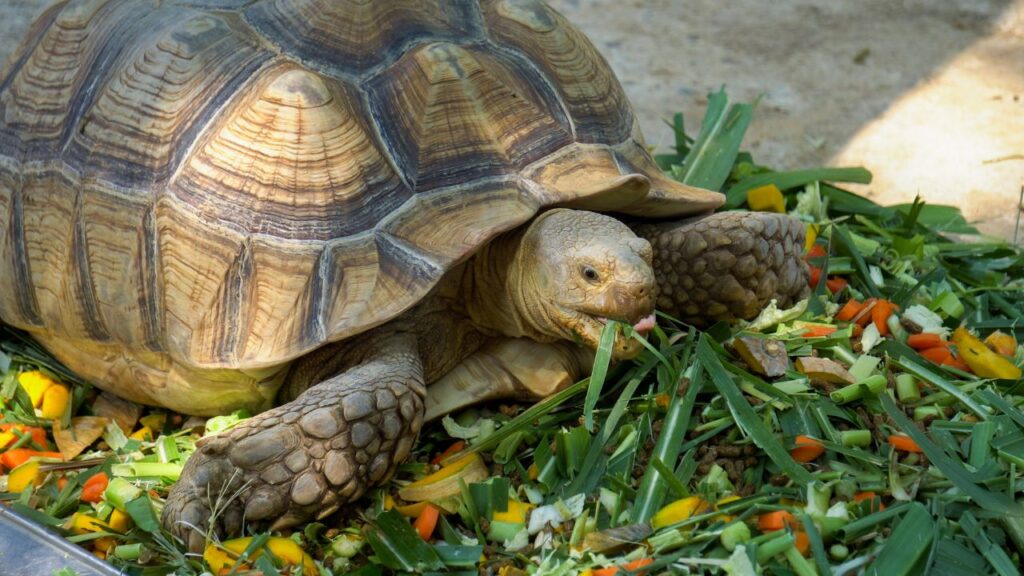The adder, Britain’s sole venomous snake, might seem like a fearsome predator in its own right. And it is. But it’s not an apex predator. There are plenty of other creatures here in the UK that hunt adders. I’m super-lucky that I live in the heart of the British countryside, so I’ve seen my fair share of elusive adders over the years, thankfully without me or the dogs getting bitten. But I’ve only ever once seen an adder as prey. And that was when a buzzard carried one off in its talons, taking flight just off the footpath I was walking on. What a sight!
Across the varied landscapes of the British Isles, from dense woodlands to open moors, a surprising array of creatures have developed the ability to hunt and eat these venomous reptiles. Some of these predators might be familiar faces in British wildlife, while others might come as a surprise.
Hedgehog
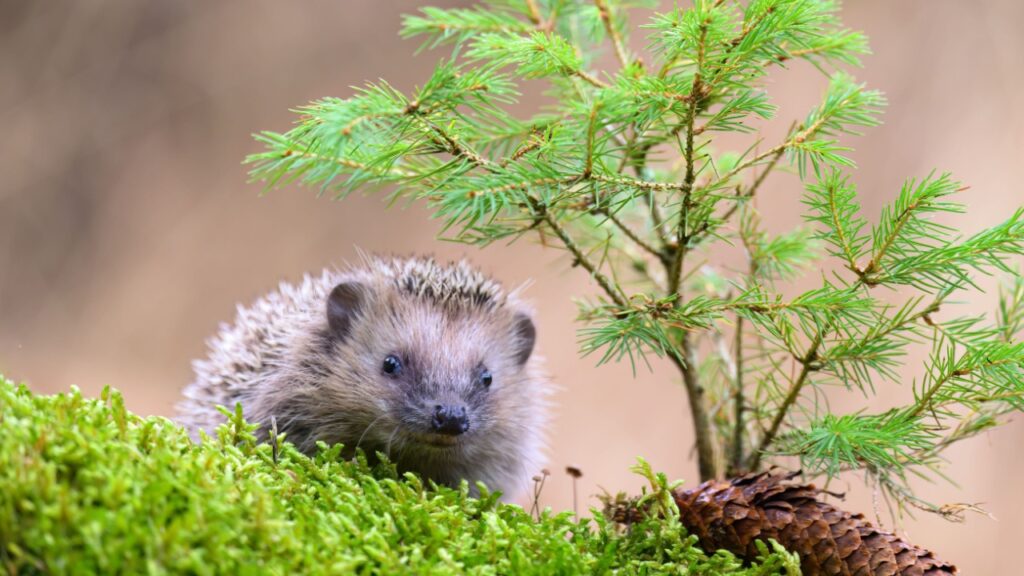
The humble hedgehog, a garden favorite, is surprisingly adept at hunting adders. Their spiny coat provides excellent protection against snake bites, allowing them to attack with relative impunity. Hedgehogs will often bite the snake’s body repeatedly, eventually wearing it down before consuming it.
Badger
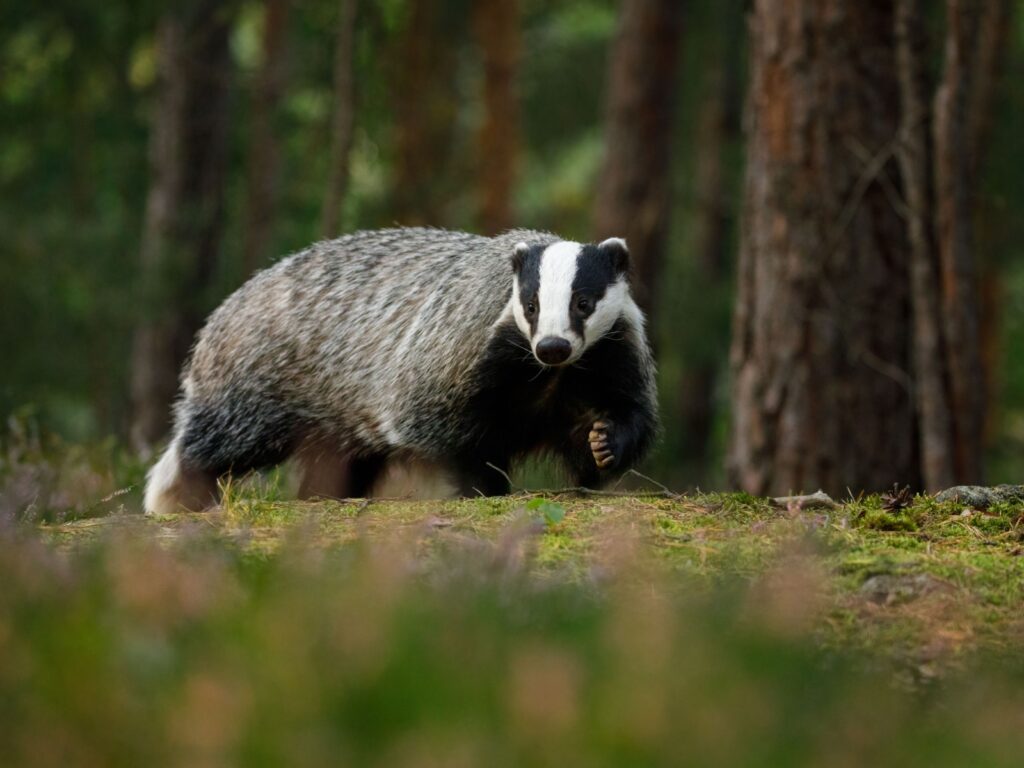
Badgers, with their thick skin and powerful claws, are well-equipped to take on adders. These striped mammals are opportunistic feeders and will eagerly add snakes to their diverse diet. Badgers’ robust build and strong jaws allow them to overpower and consume adders with relative ease. Their nocturnal habits often bring them into contact with adders during evening hunts.
Red Fox

The adaptable red fox is another predator of adders in Britain. Foxes use their agility and quick reflexes to avoid the snake’s strikes while launching their own attacks. Their thick fur provides some protection against bites. Foxes will often shake the snake violently to disorient it before delivering a killing bite.
Buzzard
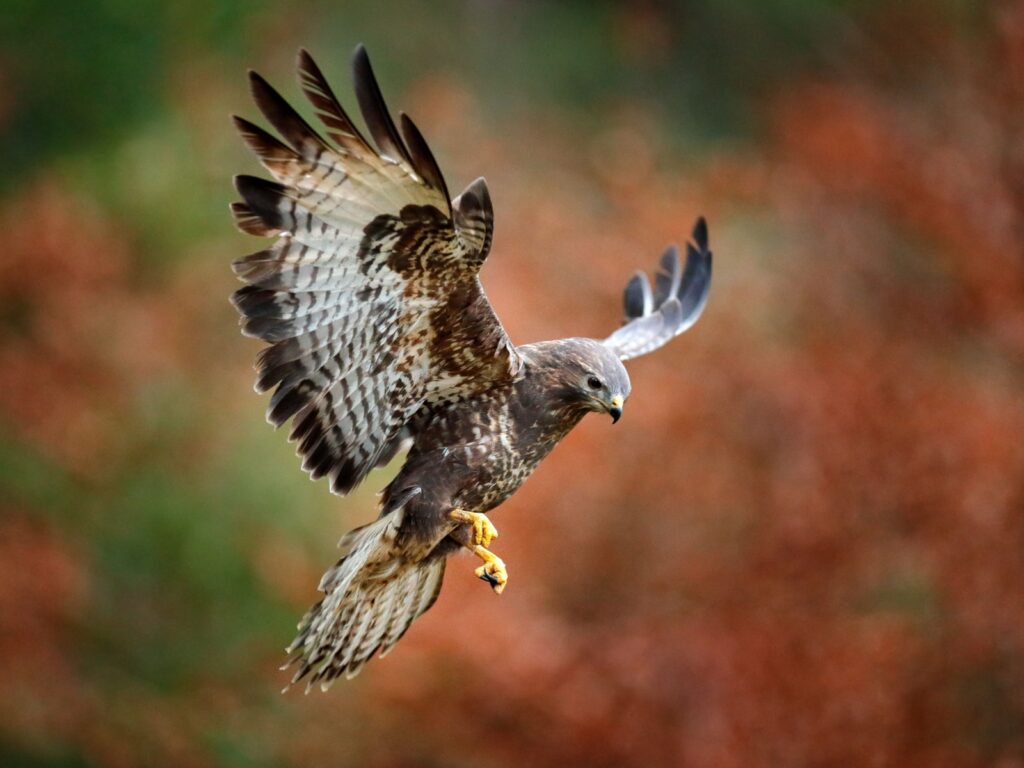
Buzzards, common birds of prey in British skies, are known to include adders in their diet. These raptors use their sharp eyesight to spot snakes from above, then swoop down to catch them with their talons. Buzzards’ feathered legs offer some protection against bites. They often carry their serpentine prey to a safe perch before consuming it.
Domestic Cat
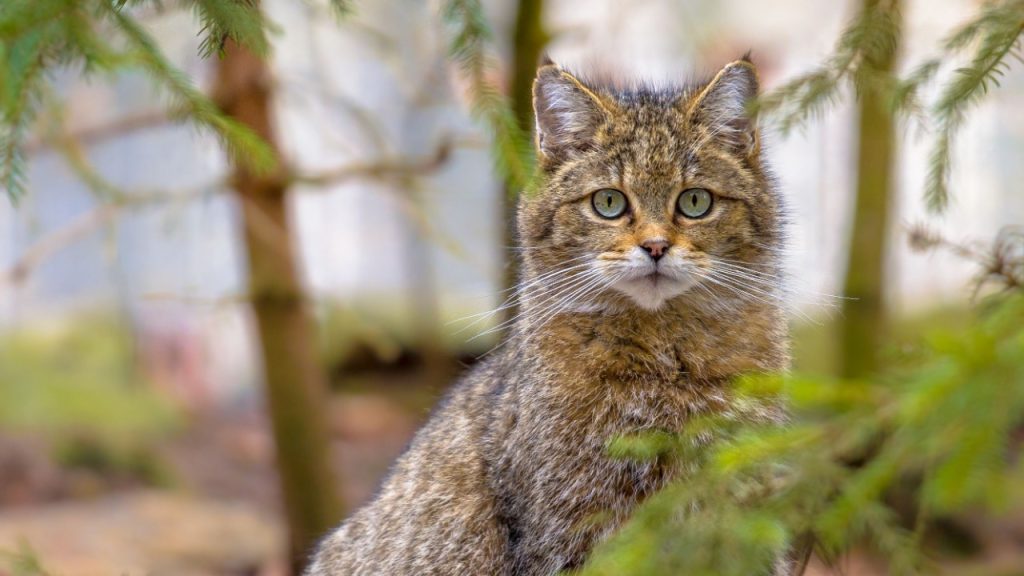
While not a wild species, domestic cats that roam outdoors can be effective adder hunters. Cats’ quick reflexes and sharp claws allow them to strike at snakes while avoiding bites. However, this behavior can be dangerous for cats and is not encouraged by wildlife experts. While it’s not a recommended hobby for our feline friends, it shows how deeply those wild instincts run.
Polecat
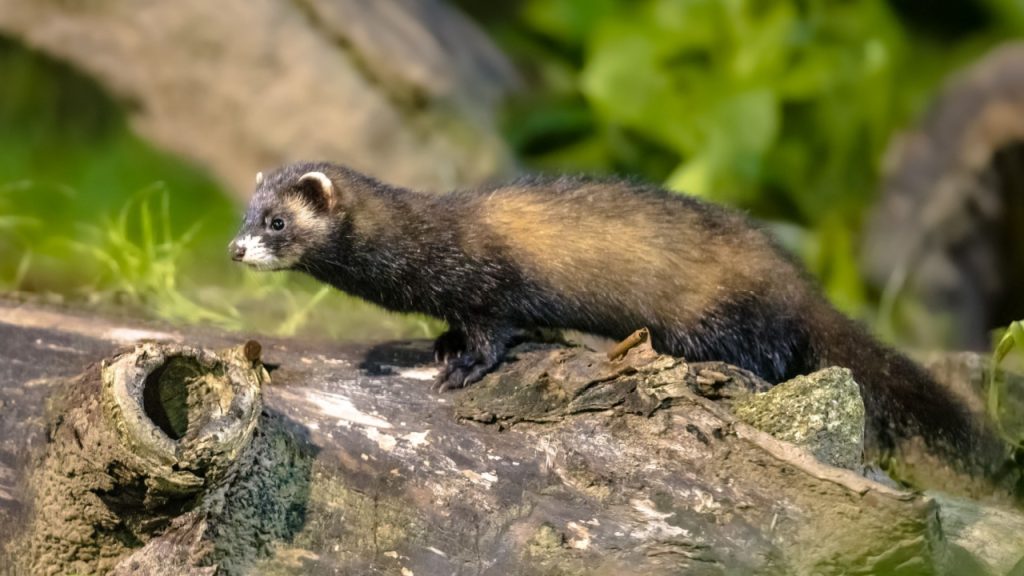
The polecat, a member of the weasel family, is a skilled hunter of adders. These sleek predators are lightning-fast and can dodge a snake’s strikes with impressive agility. Polecats often bite the back of the adder’s head to quickly dispatch it. Their return to many parts of Britain after near-extinction has reintroduced this predator-prey dynamic in some areas.
Tawny Owl
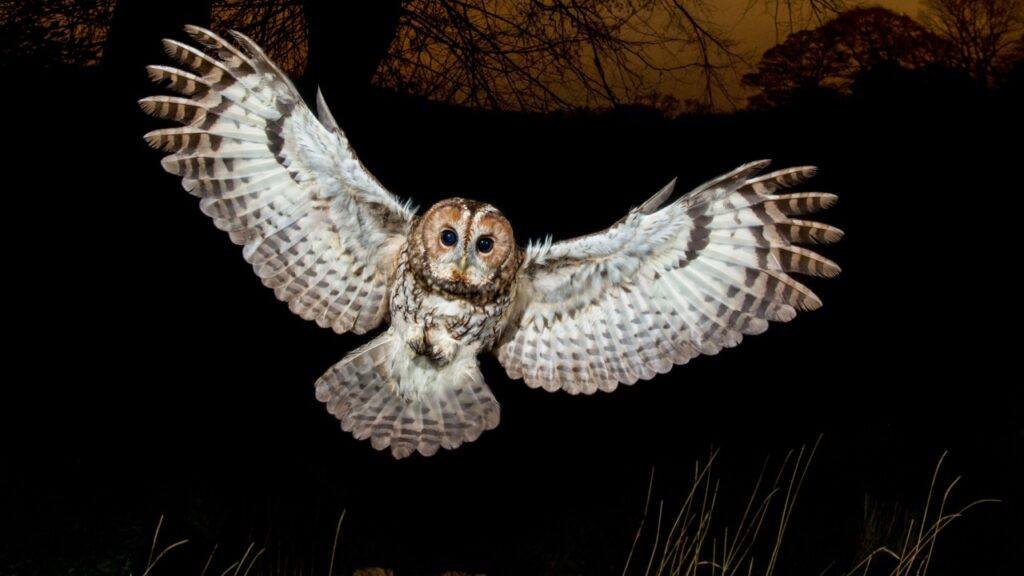
Tawny owls, with their silent flight and excellent night vision, can be effective nighttime predators of adders. These owls swoop down and grab snakes with their sharp talons. Tawny owls’ feathered legs provide some protection against bites.
Pheasant
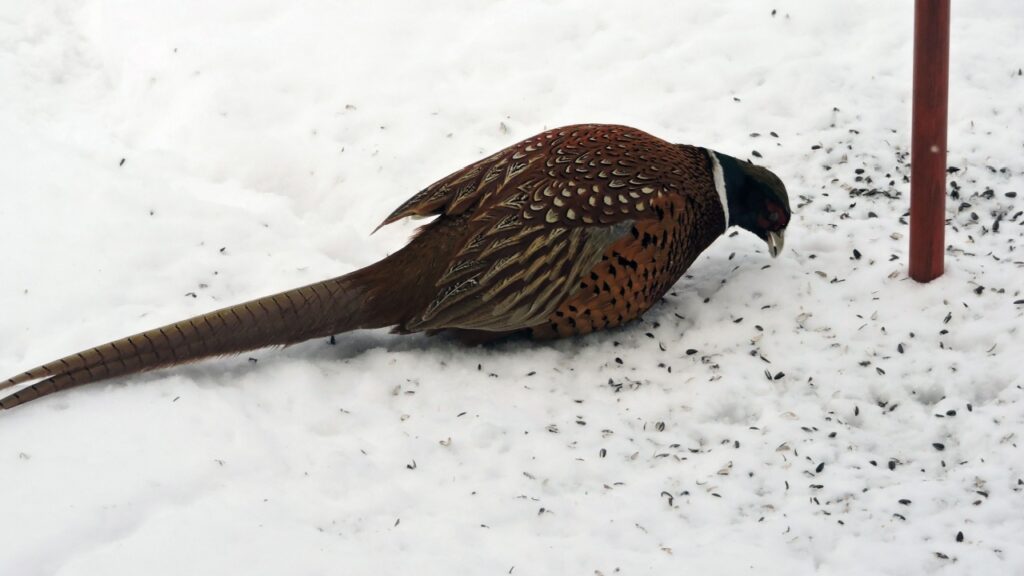
Pheasants, while often thought of as ground-dwelling birds, can be surprisingly aggressive towards snakes, including adders. These game birds use their sharp beaks and claws to attack snakes, often pecking at their heads. Pheasants’ quick movements help them avoid retaliatory strikes. Their predation on adders and other native species is why an increasing number of people are campaigning against continued release of introduced species like pheasant.
Heron
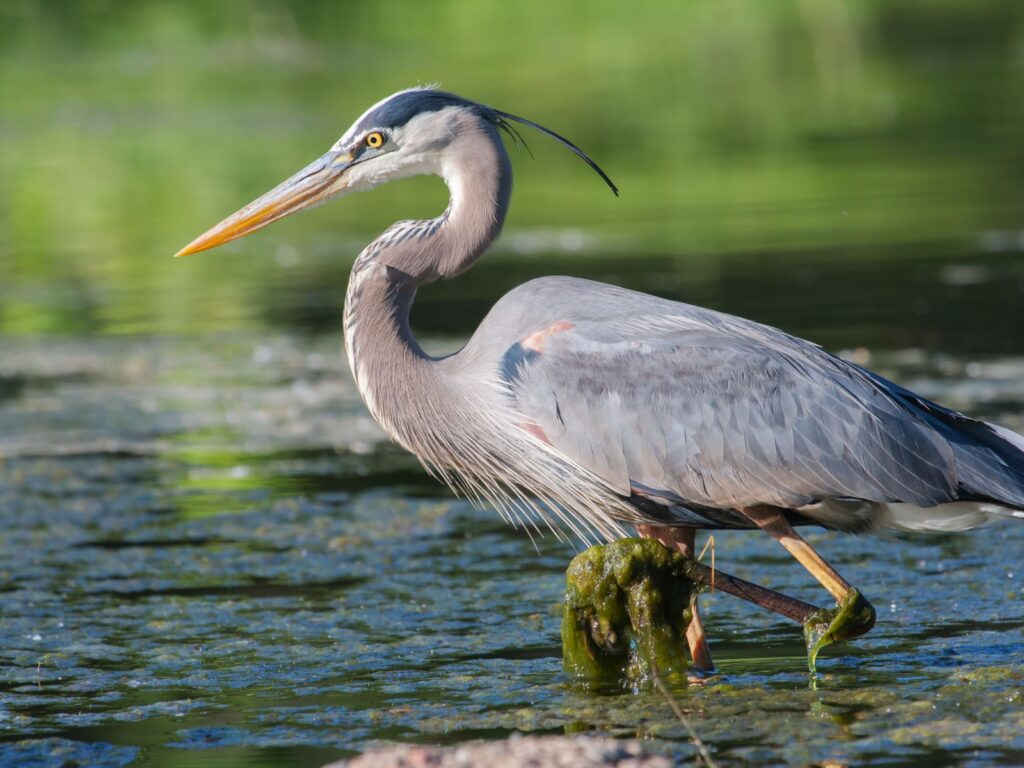
Herons, typically associated with fishing, will opportunistically prey on adders when the chance arises. These long-legged birds use their sharp beaks to strike at snakes, often near water bodies where both species hunt. Herons’ height gives them an advantage, allowing them to attack from above while staying out of strike range. Who knew waterside dining could include snake on the menu?
Pig
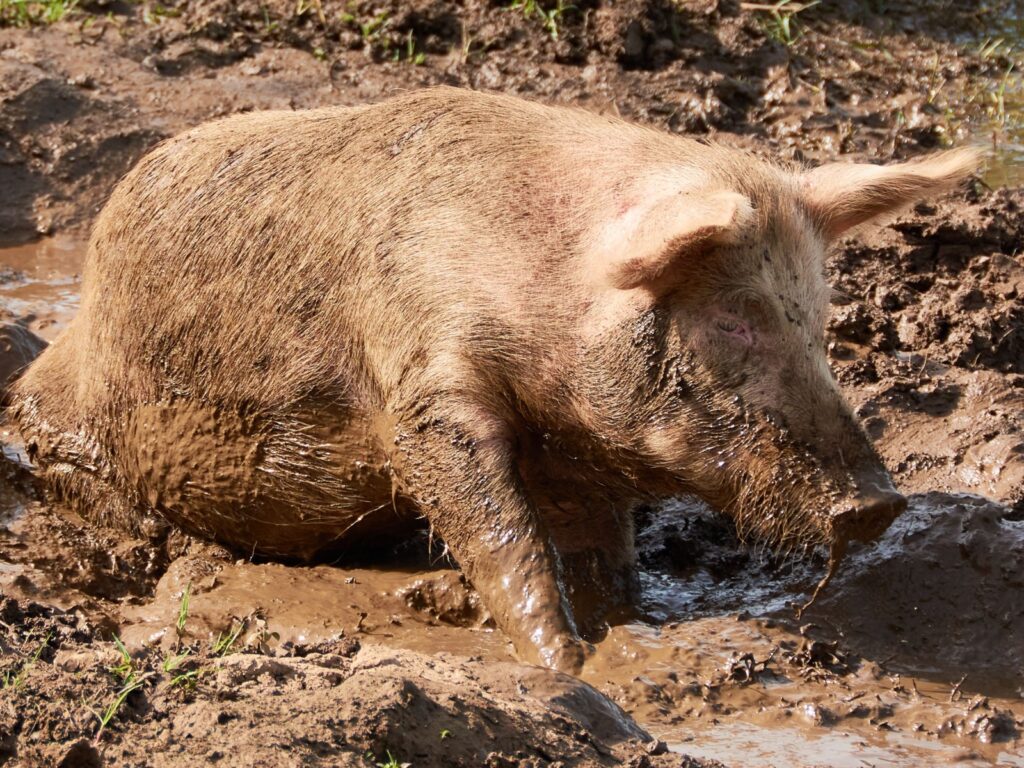
While not commonly found in the wild in Britain, domestic pigs and wild boar are capable of eating adders. Pigs’ thick skin and layer of fat provide excellent protection against snake bites. They use their strong snouts to root out snakes and their powerful jaws to crush them. This pig-snake interaction is more common in areas where pigs are free-range or where wild boar populations exist. For these oinkers, a snake encounter is just another snack time.
Magpie
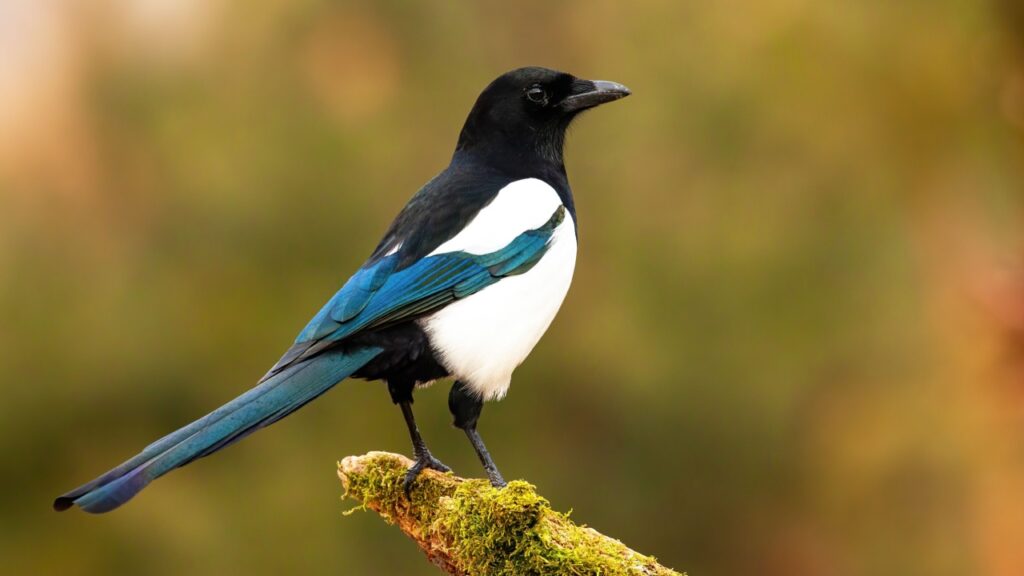
Magpies, known for their intelligence, have been observed preying on adders. These bold birds will work in pairs or small groups to mob and kill snakes. Magpies use their beaks to peck at the snake’s head, eventually overwhelming it. It’s bird-brained bullying at its finest.
Grass Snake

In an interesting twist, Britain’s largest snake, the non-venomous grass snake, has been known to prey on young adders. While not a common occurrence, this snake-eat-snake scenario can happen when food is scarce. Grass snakes use their size advantage to overpower smaller adders. It’s a “snake eat snake” world out there sometimes.

